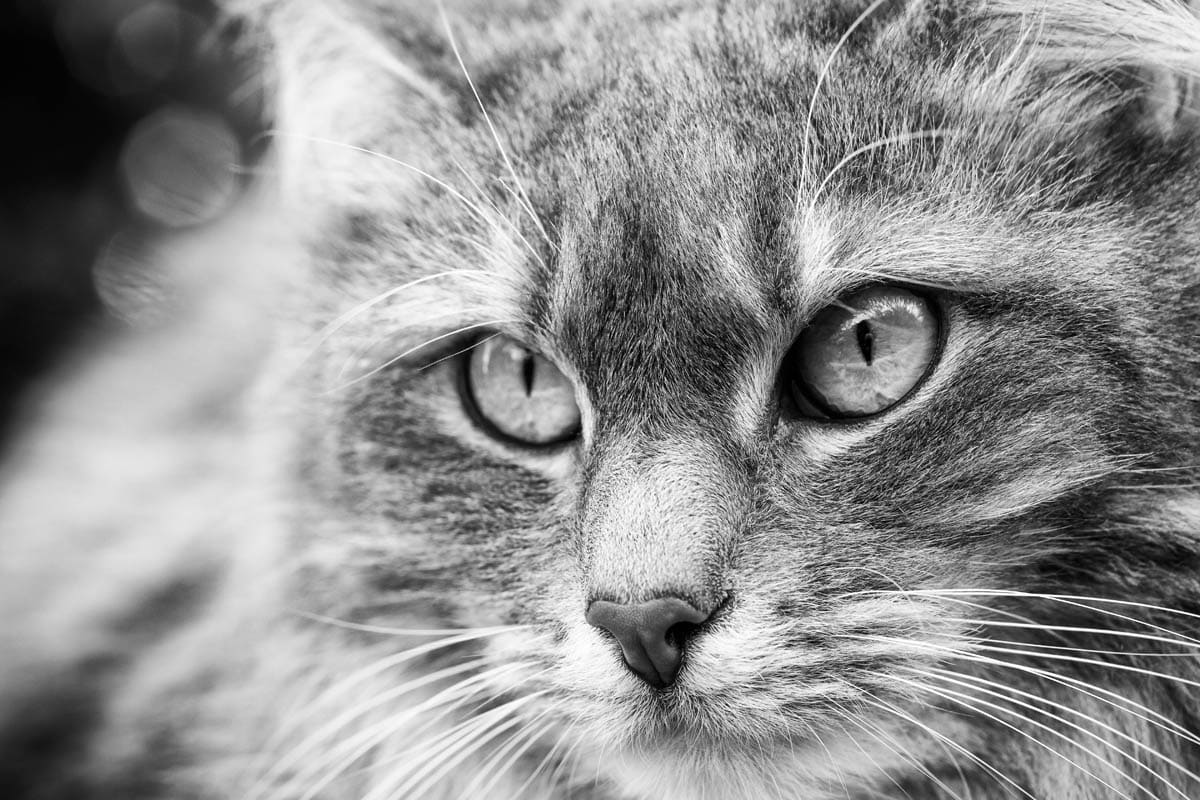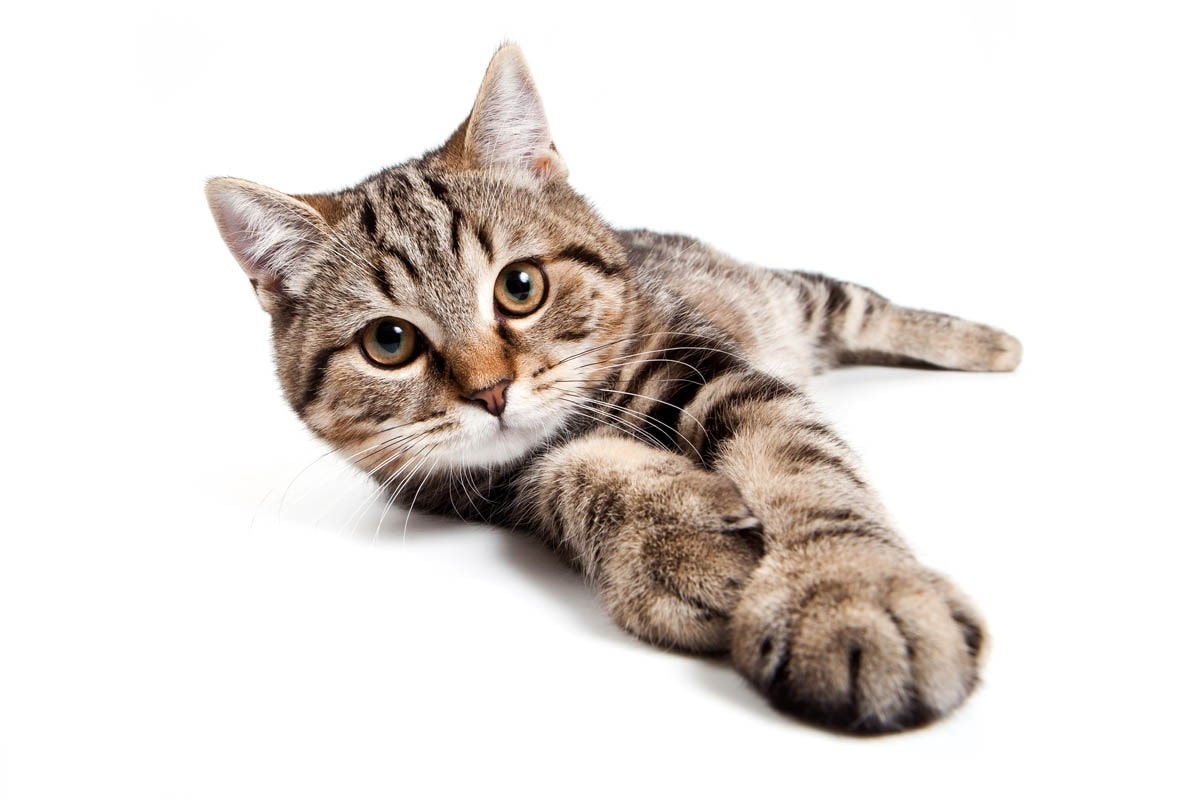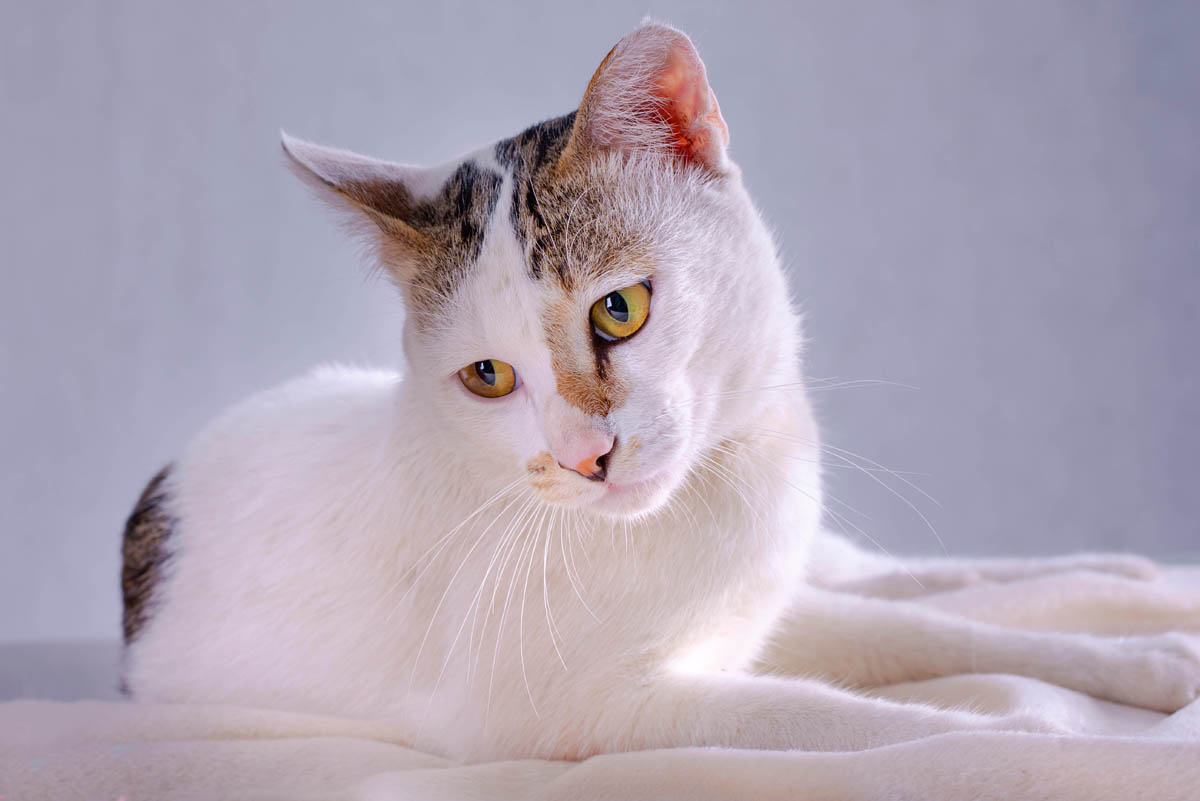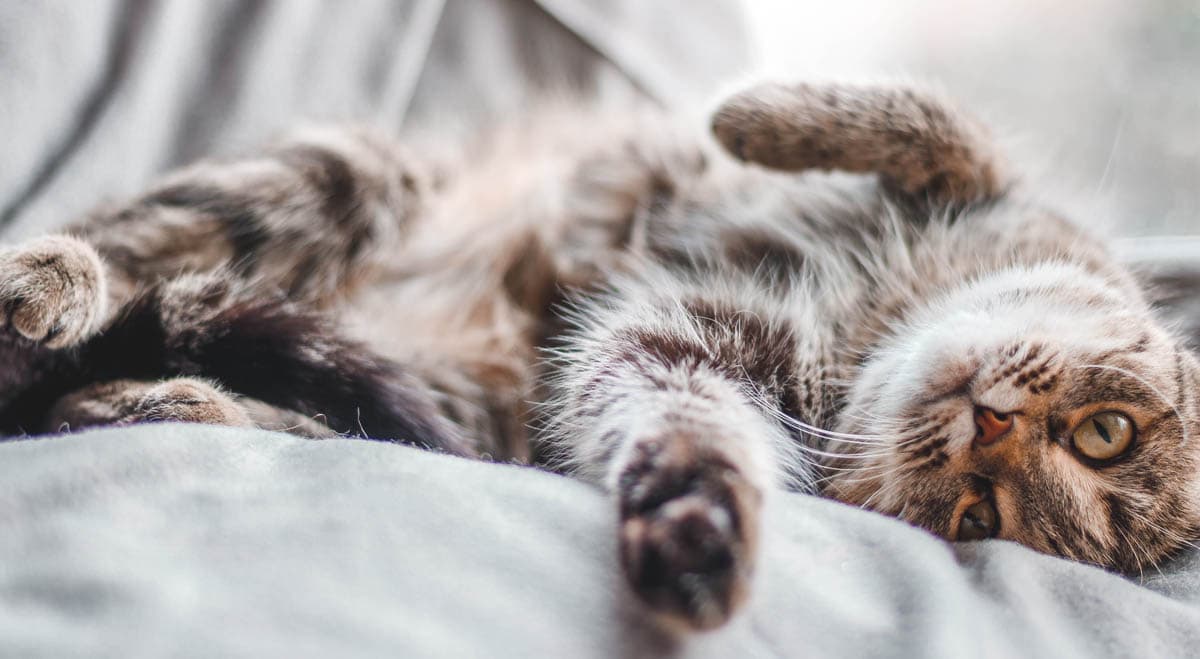Frequent urination is a common condition with several possible causes. It may either be characterised by the frequent passage of small amounts of urine or pass larger amounts of urine as well as an increase in thirst.
Cat Health Collection
Cat health articles. Browse our health collection for common and uncommon cat health issues.
Signs of Good Health in Cats
Ears, eyes, and nose
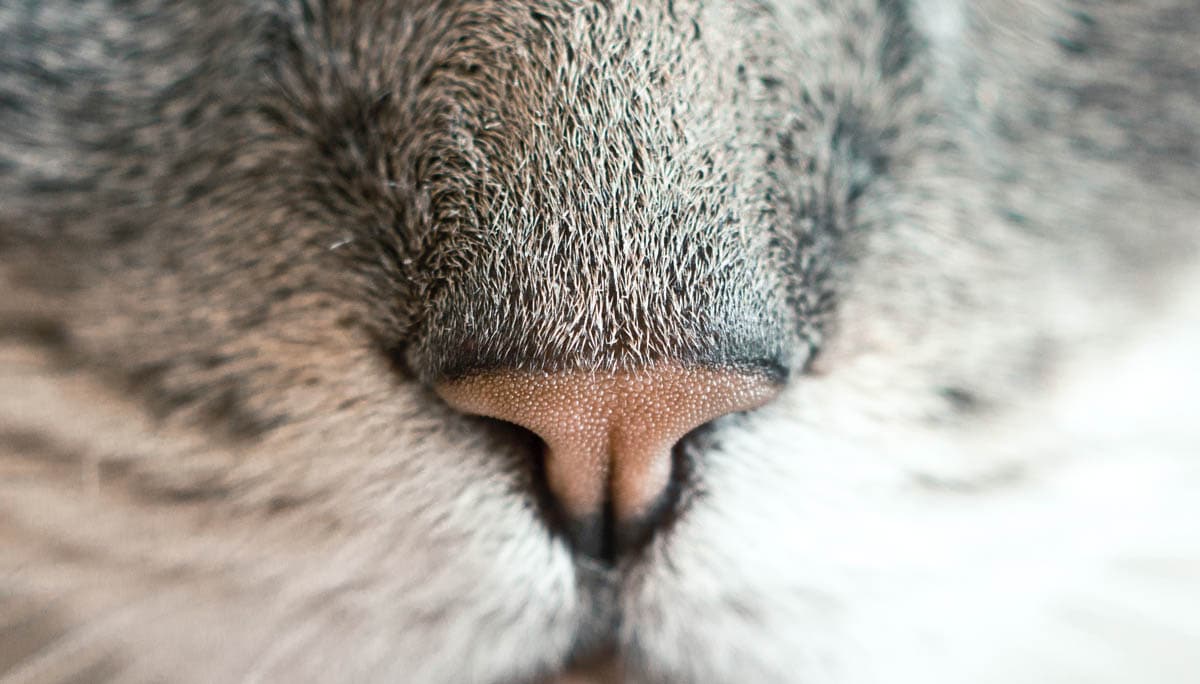
The ears, eyes, and nose should be clear of discharge and crustiness. Eyes bright and clear with no signs of cloudiness, swelling or redness, the pupils should both be the same size. The ears should have no odour or excessive waxy buildup.
Why Is My Cat Always Hungry?
There are several possible causes of constant hunger in cats, some more serious than others. Cats don’t tend to be as food-obsessed as dogs and most (but not all) will self-regulate their food intake. However, a common question asked by cat owners is ‘why is my cat hungry all the time’? Questions to ask Has … Read more
Quick Guide to Cat Worming Products
Advantage Multi Active ingredients: Imidacloprid and Moxidectin Administration: Spot on (monthly) Treats: Fleas (adult), roundworms, hookworms, lungworm and ear mites. Heartworm preventative. Does not treat tapeworm. Minimum age/pregnant etc:9 weeks old. Safe use on pregnant and lactating females has not been established. Aristopet Active ingredients: Praziquantel and Pyrantel embolate Administration: Tablets-every 3 months Treats: … Read more
Cat Flea Products Guide
Brand name/active ingredient Type Activyl (Indoxacarb) Spot on (monthly) Treats: Fleas (adult, larvae and eggs), ticks and ear mites. Use on: Kittens 8 weeks old. Can not be used on pregnant or lactating females. Advantage (Imidacloprid) Spot on (monthly) Treats: Fleas (adult fleas and larvae). Use on: Kittens 8 weeks old. Can use on … Read more
Ibuprofen (Advil/Nurofen) Poisoning in Cats
What is ibuprofen?
Brand names: Advil, Motrin, Midol and Nuprin
Ibuprofen is an over the counter nonsteroidal anti-inflammatory drug (NSAID) that is routinely used to treat pain, fever and inflammation in people. Poisoning in cats occurs when pet owners self-administer the medication in an attempt to alleviate pain or reduce fever or if cats deliberately ingest tablets.
Congestive Heart Failure in Cats
At a glance
|
Saddle Thrombosis (Aortic Thromboembolism) in Cats
At a glanceAbout: Saddle thrombosis is a life-threatening condition that occurs when a blood clot breaks off from a larger clot in the heart and travels down the aorta, lodging at the junction of the iliac arteries of the hind legs. Causes: The most common cause is heart disease, typically hypertrophic cardiomyopathy. Symptoms:
Treatment: Pain relief, IV fluids to correct electrolyte derangements and thrombolytics to dissolve the clot. |
Seborrhea in Cats
What is seborrhea?
Seborrhea is a skin disorder caused by an overproduction of sebum, an oily substance produced by the sebaceous glands which lubricate and protects the skin. The condition is characterised by the accumulation of oil and debris on the skin which leads to scaling, flaky skin.
What is Difference Between Renal and Kidney Failure
What’s the difference between renal and kidney failure?
There is no difference; they are both the same thing, renal is another word for kidney.
